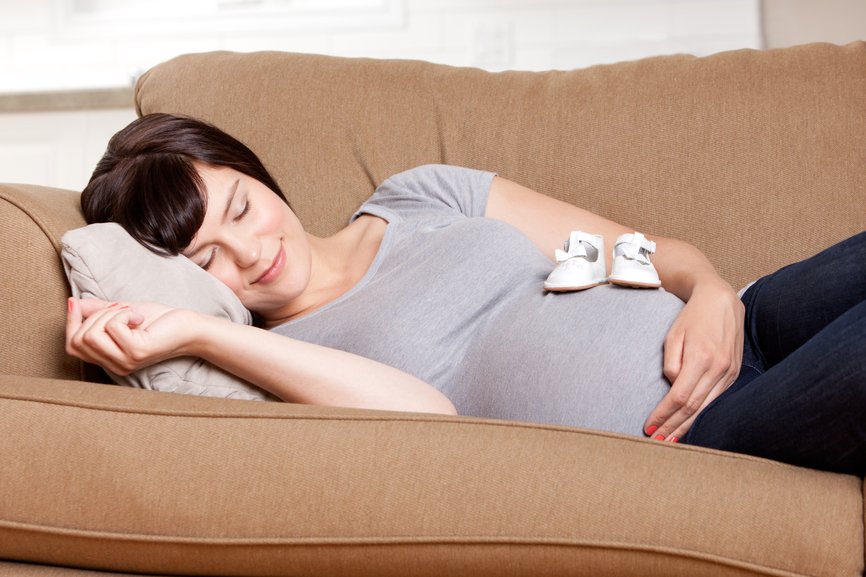Pregnancy puts stress on the body. As hormones and weight gain wreak havoc, a prenatal massage mitigates some of these stresses. Read on to learn about the pros and cons.
The Pros
• Eases nervous system stress and pain relief, reducing delivery pains.
• Releases endorphins, helping pregnant women sleep more easily at night.
• Helps regulate blood pressure, lowering the work done by the heart.
• Lowers pain against the sciatic nerve, found in your lower back.
• Increases oxygen in the blood by as much as 15%. Increasing oxygen also helps ease stress on the heart and body.
• Reduces depression and anxiety.
• Lowers swelling in extremities.
This list only includes a few of the numerous benefits. Massages can reduce pregnancy cramps, leg pain, headaches, and sinus issues. Stimulation of the lymphatic system can remove certain toxins from the body. The relaxation that prenatal massages provide is like a tune-up for your car. The body runs better and experiences less stress.
There are other, more ambiguous benefits (mental and spiritual) that are less objective but are just as important. Women receiving prenatal massages report a more positive outlook concerning the pregnancy and birth. Some women find prenatal massages are a spiritual experience and help them bring faith into the pregnancy.
A method of extending the prenatal massage benefits is by stretching between masseuse appointments. If seeking the maximum benefits of prenatal massage, it is recommended to schedule an appointment twice a month throughout the pregnancy. This frequency can be increased to once a week during the third trimester.
Be Careful
If you are having a high-risk pregnancy, prenatal massages could result in problems for the fetus. Consult your physician before getting a massage.
Certain positions should also be avoided depending on your stage in the pregnancy. Women at the end of their second trimester and onward should avoid laying on their backs. This can cause problems with blood flow for both the woman and baby.
Some doctors may recommend using special tables or surfaces with curves and comforts expressly designed for the baby’s safety. Semi-reclining and side positions are both safe and relaxing for expectant mothers.


